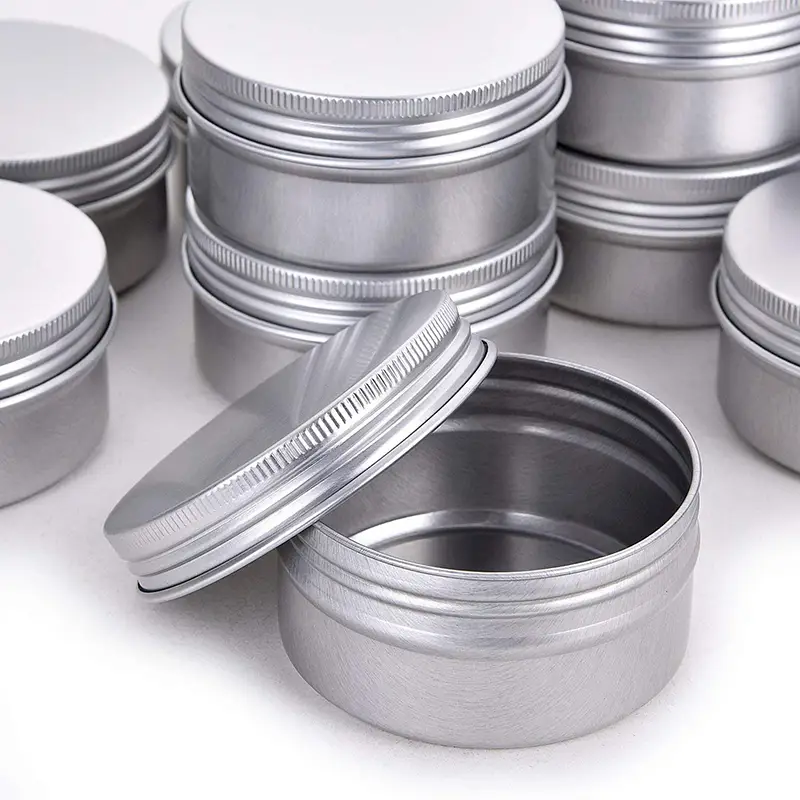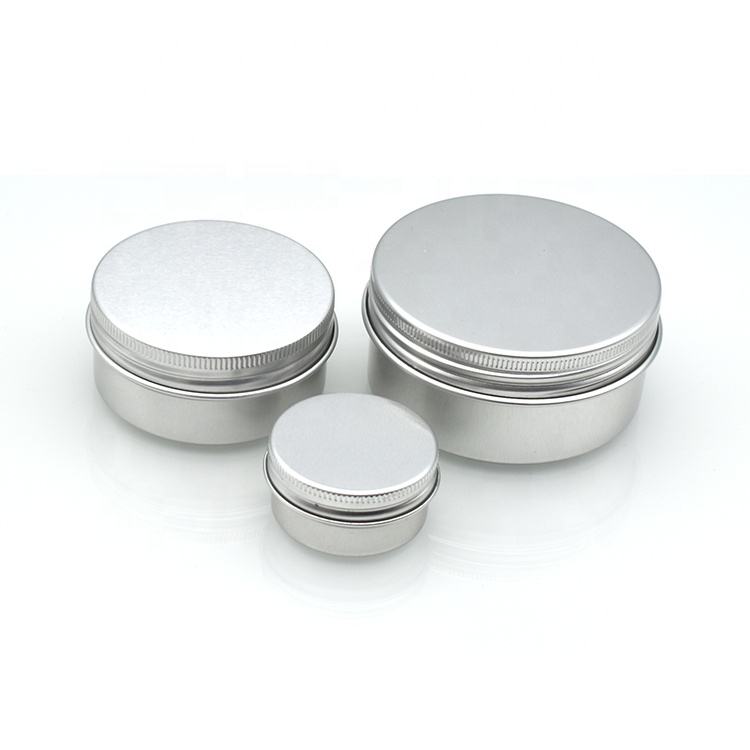We points out some powerful arguments for the use of aluminum including“the longest shelf life at 2 years on average, the ability to be cooled 5x faster than other materials, the availability of a wide range of shapes and sizes, and no U/V damage to the product. Removable liners maintain the freshness of the wine in aluminum bottles and the elimination of paper labels with direct-to-bottle graphics and printing not only creates less waste, but also allows for some graphically stunning design results.”
Aluminum bottles are certainly starting to prove their worth in many aspects of the value chain, from production to marketing.
Perhaps the single factor limiting further growth and acceptance is the limited awareness of the advantages of using aluminum bottles among consumers and companies. Hopefully this will change with the arrival of a breakthrough product that can really capture the imagination of consumers. When that happens, there will surely be a lot more products in aluminum bottles in supermarket shelves.
Increasingly, the material for alcoholic beverages of the future appears to be aluminum. Having spread rapidly among the major beer players, and having gone through a few prototypes and testing, the material is now gathering stronger acceptance in the wine category.
While sharing many sustainable and durable attributes with Tetrapak and plastic bottles, aluminum has several practical advantages over alternative materials. Aluminum holds claim to the longest shelf life at 2 years on average, the ability to be cooled 5x faster than other materials, the availability of a wide range of shapes and sizes, and no U/V damage to the product. Removable liners maintain the freshness of the wine in aluminum bottles and the elimination of paper labels with direct-to-bottle graphics and printing not only creates less waste, but also allows for some graphically stunning design results
With a metal material, we can expect designers to explore all manner of engraving and stamping. The lack of a label provides more room for experimentation with text-wrapping and using (or not using) every inch of space.

